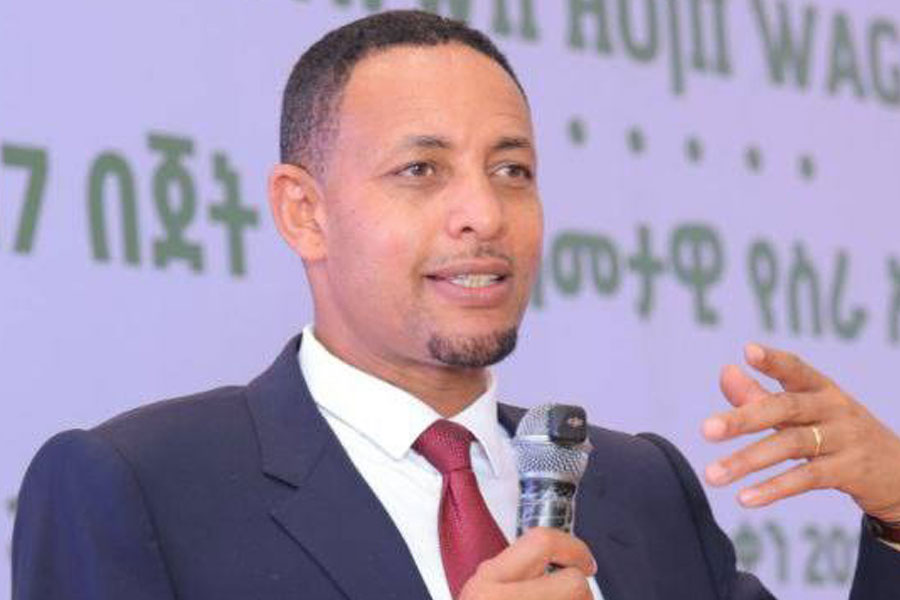
Fortune News | Aug 17,2025
May 29 , 2023
Ethiopia is an attractive destination for private capital due to its large population, abundant natural resources, and strategic location in East Africa. From 2004-2015, real economic growth in Ethiopia accelerated to 10.2% per annum, thanks in large part to a public investment-led growth model implemented since the mid-1990’s. However, from 2016-2021 the country saw growth decelerate to 7.8% per annum due to a series of macroeconomic challenges including foreign currency scarcity, mounting debt, and inflation, in addition to structural bottlenecks. To address these challenges and regain the growth momentum, the Government of Ethiopia is rightly transitioning towards a private sector-led growth model, by stimulating private sector investment and participation in the economy.
For several years, Ethiopia has been a recipient of development aid and concessional loans from international donors and financial institutions, which have helped finance critical infrastructure and social programs. However, the current leadership recognizes that traditional development assistance alone is not sufficient to achieve sustained economic growth and development. The country’s balance sheet is stretched due to exogenous factors including those stemming from the Russian invasion of Ukraine, and endogenous factors such as conflict and instability. Therefore, instead of a state-led model of development, Ethiopia should mobilize private capital to finance critical infrastructure, generate tax revenues, promote exports, create jobs and improve living standards.
Blended finance offers a viable pathway to this end. Blended finance is a financial structuring approach that combines public, philanthropic, and private capital to finance pro-poor investments that support sustainable development. It has gained traction in recent years as a means to leverage different types of funding to achieve development objectives, particularly in countries where traditional sources of financing may be limited or insufficient.
The Ethiopian Government’s Ten Year (2021-2030) Development Plan, ‘A Pathway to Prosperity,' prioritizes agriculture, energy and financial services as a means to double per capita income by 2030. This represents as opportunity- according to Convergence, the global network for blended finance, these three sectors account for the largest share of blended finance transactions (>70%) to date, making the country's priorities especially well aligned with the existing blended finance market.
In fact, Ethiopia has already seen the successful implementation of blended finance initiatives and transactions such as the Assela Wind Power Project, the financing of the Vision Fund Microfinance Institution (VFMI) and the acquisition of aircraft for Ethiopian Airlines.
The investment into Ethiopian Airlines is particularly noteworthy because it demonstrates how blended finance can combine public and private sector resources to support the growth of a strategic industry. The debt financing package, which involved the Export-Import Bank of the United States (Ex-Im Bank), JP Morgan, the Emerging Africa Infrastructure Fund (part of the Private Infrastructure Development Group) and ING Group amongst others, provided Ethiopian Airlines with the necessary funds to purchase 10 new Boeing 787-8 Dreamliner aircraft and support its expansion plans. A loan guarantee, longer tenor (scarce in the aircraft financing industry in Africa), and subordinate debt enabled commercially oriented investors to participate in this transaction which has helped to promote sustainable development in Ethiopia by creating jobs and supporting the country's aviation industry.
Another example of a successful Ethiopian blended finance transaction is the risk sharing guarantee the Netherlands Development Finance Company (FMO) provided the Commercial Ban of Ethiopia (CBE) on a loan to VFMI, Ethiopia’s largest privately owned microfinance institution. Thanks to FMO’s guarantee, VFMI received access to a credit facility from CBE to help facilitate the expansion of its operations in rural and remote areas. FMO’s guarantee, part of the Micro and Small Enterprises Fund (MASSF), covered 65% of CBE’s loan, biting down significant risk from CBE. Without FMO’s guarantee, CBE would not have provided VFMI with this loan, which is now a major source of liquidity for on-lending to underserved rural and women clients.
Private sector investors are often hesitant to invest in developing countries due to real and perceived risks such as political instability, foreign exchange fluctuations, and credit risk amongst others. By leveraging development funding to reduce the absolute level of risk and/or alter the risk-return ratio, blended finance can help overcome some of the risks (real or perceived) faced by private investors when looking to finance transactions in Ethiopia.
However, increasing blended finance flows into a country requires a permissive policy regulatory environment: pro-investment government policies that prioritize macro stability, sensible tax policy and administration, and repatriation of profits (among others) are vital to unlocking financing flows into Ethiopia. This is why progress on the Home-Grown Economic Reform Agenda is followed with great interest by investors, and the next iteration of these reforms will be critical to facilitating the ease of doing business and investment attraction in the country.
The Government of Ethiopia would like to assess the potential of blended finance in terms of financing its development agenda. Since blended finance requires multistakeholder engagement and collaboration, the Embassy of Canada in Addis Ababa, in partnership with Convergence and the Federal Democratic Republic of Ethiopia - Ministry of Finance will host a high-level blended finance forum in Addis Ababa on June 5th, 2023. This event will bring together senior government officials, private investors, the donor community, and UN Agencies amongst others to discuss the potential of and create awareness around blended finance as a non-traditional source of development finance.
A visit to this dynamic country makes it clear that Ethiopia’s true economic potential is waiting to be unleashed. With a concerted effort from public, private, and philanthropic actors, Ethiopia can once again regain its rightful place as Africa’s growth engine.
Coauthored by
PUBLISHED ON
May 29,2023 [ VOL
24 , NO
1205]

Fortune News | Aug 17,2025

Fortune News | May 09,2020

Advertorials | Mar 13,2019
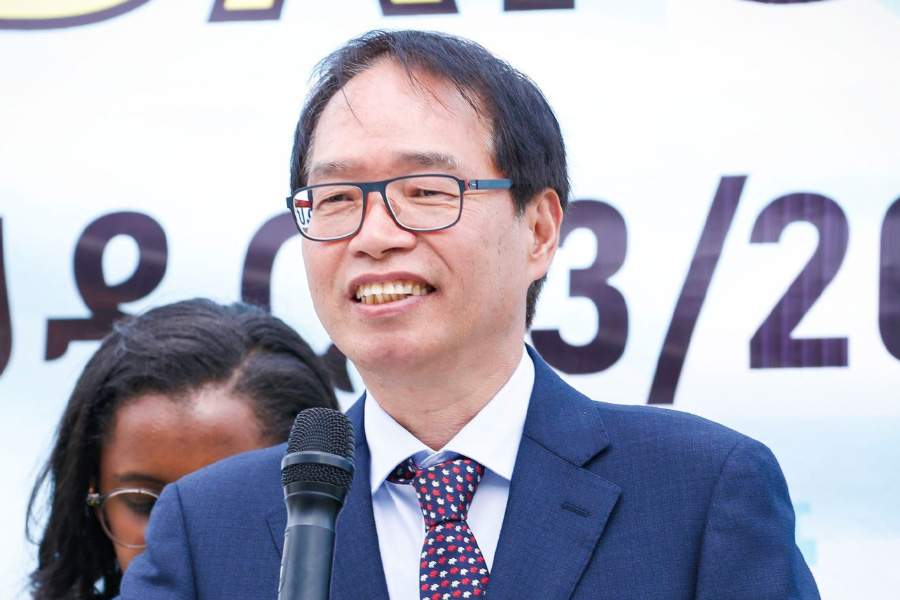
Radar | Nov 24,2024
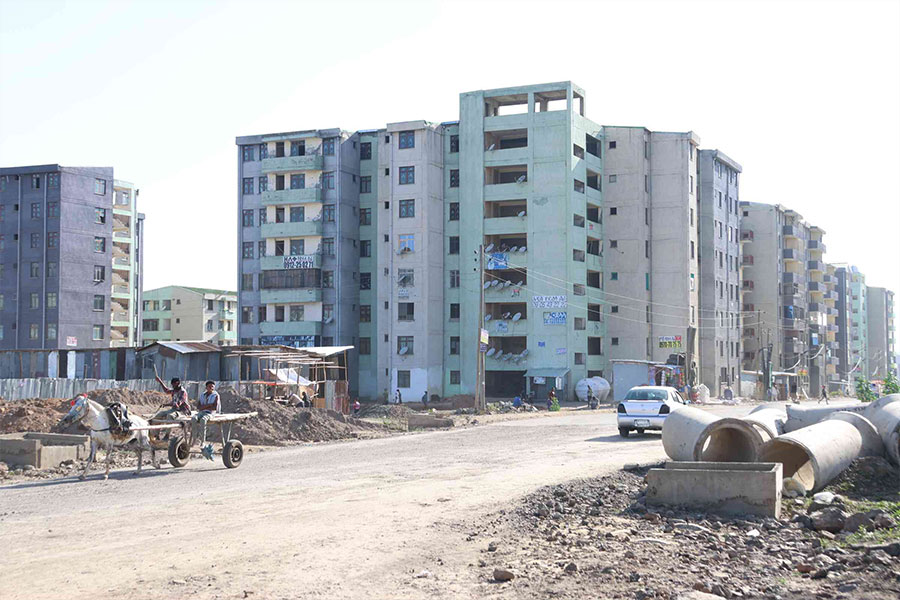
Fortune News | May 11,2025
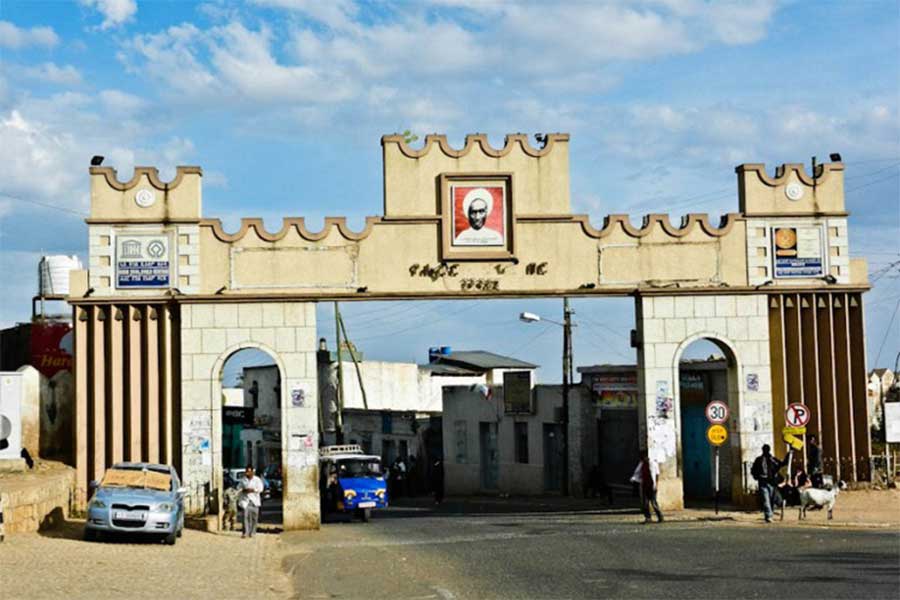
Fortune News | Sep 27,2020

Viewpoints | Apr 10,2021

Radar | Jan 25,2020

Radar | Jun 22,2024
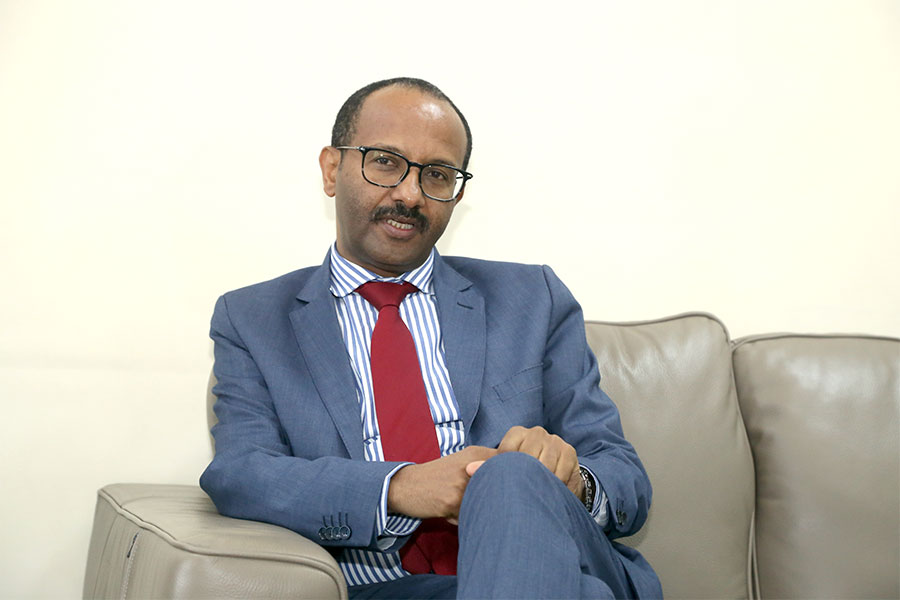
Sponsored Contents | Jul 24,2022

Dec 22 , 2024 . By TIZITA SHEWAFERAW
Charged with transforming colossal state-owned enterprises into modern and competitiv...

Aug 18 , 2024 . By AKSAH ITALO
Although predictable Yonas Zerihun's job in the ride-hailing service is not immune to...

Jul 28 , 2024 . By TIZITA SHEWAFERAW
Unhabitual, perhaps too many, Samuel Gebreyohannes, 38, used to occasionally enjoy a couple of beers at breakfast. However, he recently swit...

Jul 13 , 2024 . By AKSAH ITALO
Investors who rely on tractors, trucks, and field vehicles for commuting, transporting commodities, and f...

Oct 11 , 2025
Ladislas Farago, a roving Associated Press (AP) correspondent, arrived in Ethiopia in...

Oct 4 , 2025
Eyob Tekalegn (PhD) had been in the Governor's chair for only weeks when, on Septembe...

Sep 27 , 2025
Four years into an experiment with “shock therapy” in education, the national moo...

Sep 20 , 2025
Getachew Reda's return to the national stage was always going to stir attention. Once...